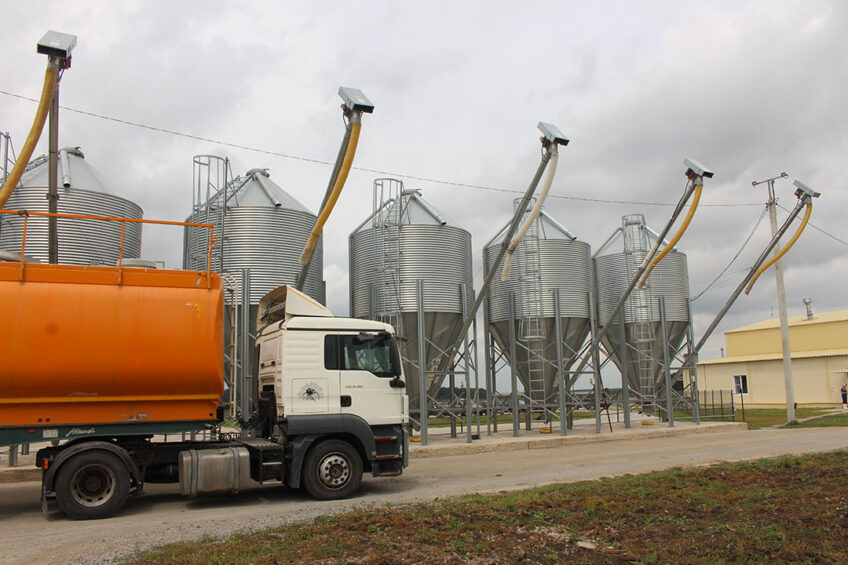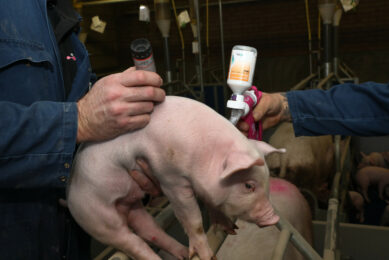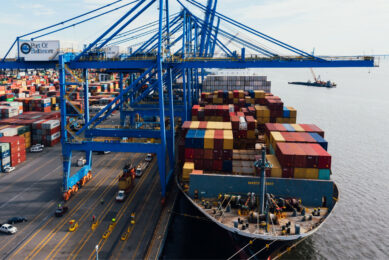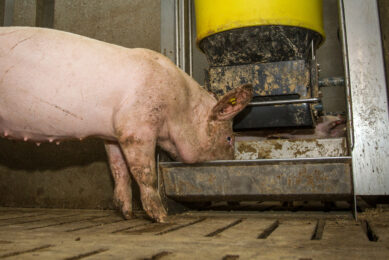Russia reaches Soviet levels of pork consumption

In 2020, pork consumption in Russia hit 27 kg per capita – the highest level in the past 30 years, a research conducted by the Russian state-owned bank Rosselhozbank showed.
The overall demand for pork on the Russian market last year climbed 4% compared to 2019 to 4.08 million tonnes, according to calculations by Rosselhozbank. Pork accounts for 36% of the meat consumption in Russia, lagging behind only poultry with 44%, the bank reported.
The growth is likely to continue and pork consumption is expected to grow by 3% in 2021, Andrey Dalnov, head of the Rosselhozbank’s industry expertise center, said.
Pork consumption fell after collapse Soviet Union
Pork consumption in Russia drastically fell in the 1990s following the collapse of the Soviet Union, when industry’s operations largely got disrupted. The demand started growing again in the 2000s to a large extent, thanks to the growing purchasing power of the Russian population. However, the domestic market potential is close to its maximum, according to analysts. Dalnov added, “The domestic demand ceases to drive the industry growth, as it did 5 to 10 years ago.”
According to Rosselhozbank, pork production in Russia is likely to grow faster than consumption in 2021. As new projects in the pig industry become operational, this year’s production performance is anticipated to grow by 170,000 tonnes, compared to 2020, reaching 4.44 million tonnes, Rosselhozbank said.
Covid-19 helps pork consumption
The Covid-19 pandemic, which locked people up inside their homes, spurred the demand for pork in Russia, Yuri Kovalev, chairman of the Russian Union of Pork Producers (RUPP), told local magazine Agroinvestor.
Pork is the only type of meat of which consumption has grown over the past 5 years, Kovalev said. He said that the rising domestic production pushes on prices: “Prices remain flat, but given the inflation, they are falling.” He added that in the 1st half of 2020, the domestic retail prices on average dropped by 10%.
Pork is becoming more attractive price-wise compared to poultry in 2021 too. Since the beginning of the year, the average price for boneless pork increased by 4%, while the average price for poultry meat jumped by 17.3% during the same period, Rosselhozbank said.
Pork consumption ceiling is being approached
Russia’s meat consumption in general as well as pork consumption both seem unlikely to grow much further. According to Kovalev, Russian meat consumption stands at 77 kg per capita, way higher the world’s average of 40 kg per capita, and pretty close to the European level, ranging between 75-85 kg, depending on the country.












